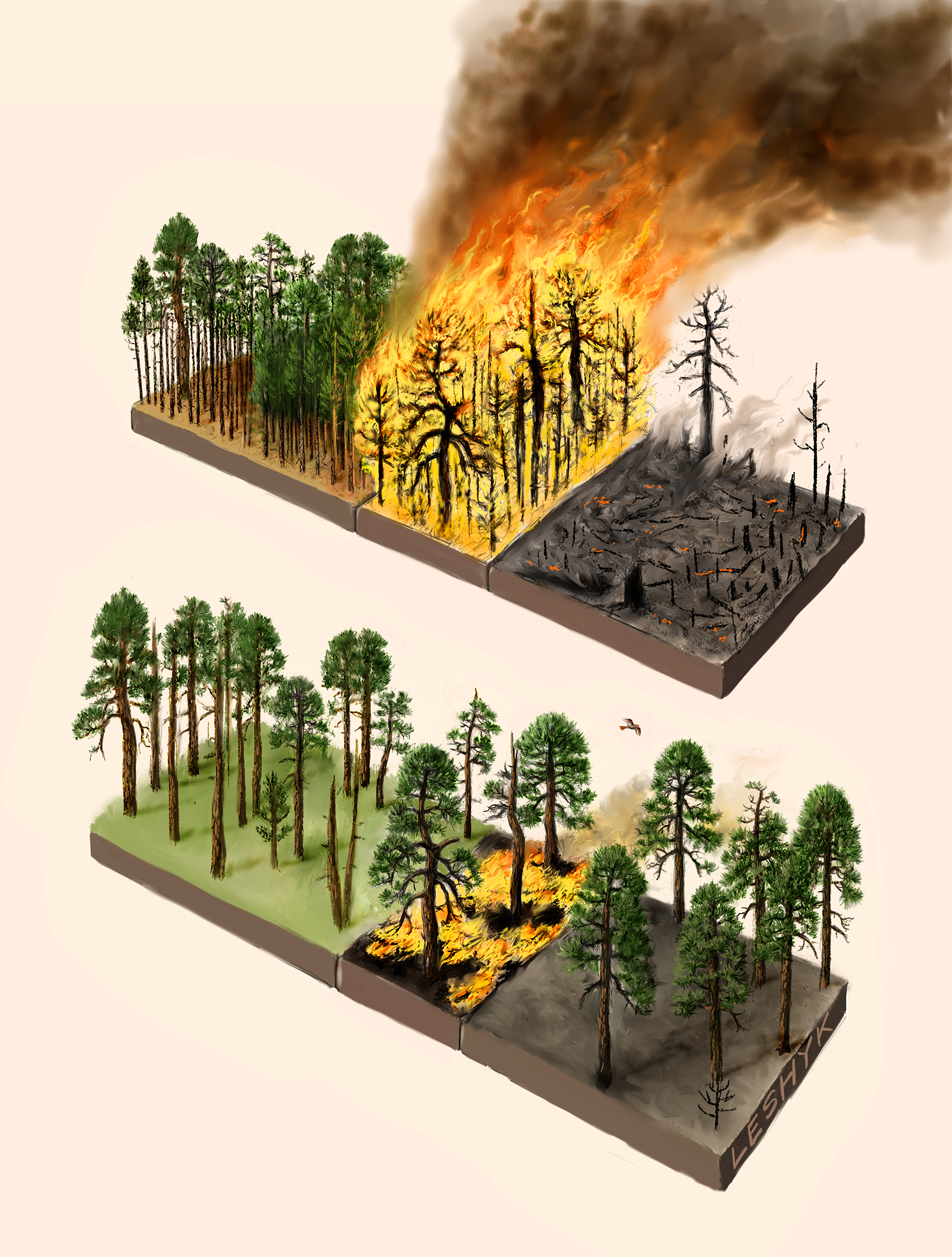Significant alterations in soil fungal communities along a chronosequence of Spartina alterniflora invasion in a Chinese Yellow Sea coastal wetland
Plant invasion typically alters the microbial communities of soils, which affects ecosystem carbon (C) and nitrogen (N) cycles. The responses of the soil fungal communities to plant invasion along its chronosequence remain poorly understood. For this study, we investigated variations in soil fungal communities through Illumina MiSeq sequencing analyses of […]

